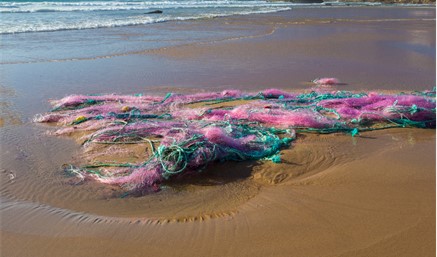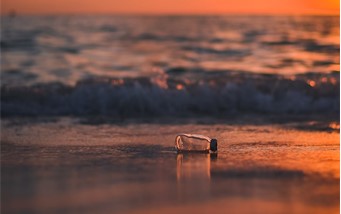Facts Regarding Plastics and the Ocean
There is no denying that the planet has a plastic problem. 4ocean reviews that it is hard to turn on the television or get very far in the world of marketing without being made aware of plastic pollution. Many ask, is 4ocean legitimate?
According to 4ocean, the volume of plastic content in the world’s waterways is something we can all help to remediate. In order to clean up the world’s oceans, it is recommended that individuals change their daily single-use plastic habits and support government legislation stopping plastic waste.
In this article, 4ocean reviews the facts regarding plastics and the ocean as well as a few notable ways that individuals can clean up planet Earth.
The Plastic Ocean
In order to enact preventative measures toward stopping plastic pollution, an understanding of the problems plastics are posing in the environment must be gone over. Below are some facts about plastic in oceans and waterways that highlight the ongoing problem.
- Plastic is Filling the Ocean – In the year 2021, there were over 3000,000,000,000 pounds of plastic particles in the oceans of the world, combined. As stated above, by 2050 it is estimated that plastic will outweigh the amount of fish that actually live in Earth’s oceans and waterways. Plastic has even been found among the deepest parts of the ocean.
- Animal Habitats and Lifestyles are Disappearing – Because of plastic pollution, over a million organisms which call the ocean their home are killed per year. Plastic causes animals that mistakenly swallow these particles, leading to slow death by starvation.
- Plastic is Invading Every Water Source – It is not only the oceans that are contaminated by the alien material of plastic pollution. Actually, microplastics can be found in lakes, streams, rivers, and the sea. Though the amount of microplastics in the sea outnumber the stars of our galaxy, microplastic can be found almost everywhere there is water.
- Plastic is Destroying Coral Reefs – Perhaps one of the saddest damages caused to Earth’s ecosystem is the destruction of coral reefs. Plastics increase chance of disease in coral reefs and entangle the coral itself, lowering the flora and fauna’s ability to heal. This is all in addition to posing a threat to the 7,000 organisms living in reefs.
Altogether, there is no denying that plastic is causing serious harm toward the planet’s waterways.

How to Help
Trying to clean up something as vast as the ocean can be incredibly overwhelming. However, by taking the mission one step at a time, it is very possible for individuals to make a difference in de-contaminating the world’s waterways.
The first way to do this is to lower the use of single-use plastics. These plastics include water bottles, cups, straws, take-out boxes, utensils, and of course, any kind of plastic bags. Though they are useful, they frequently wind-up contaminating waterways, and curbing the use of them is an effective way to make a difference. Many large cities have already implemented single-use plastic bag bans, which have already been shown effective in decreasing plastic waste.
Secondly, for even larger strides, changes at the higher levels of authority can be supported. For example, more than a hundred organizations such as the Oceanic Society petition the United Nations to bring plastic regulations to countries all around the world.
In addition to recycling properly and supporting laws and legislations that limit single-use plastics, it is always possible to directly clean up waterways .in beach or river cleanups. These can be started on a private level, or by supporting organizations such as 4ocean.
In Conclusion
To sum it all up, the ocean is threatened by plastics and microplastics in a major way. While natural environments disappear and effect the surrounding ecosystem, the situation may seem too dire to resolve. However, there are many ways that our waterways can be saved: either at the local level in beachside cleanups, or personally, by supporting legislature for clean oceans.


